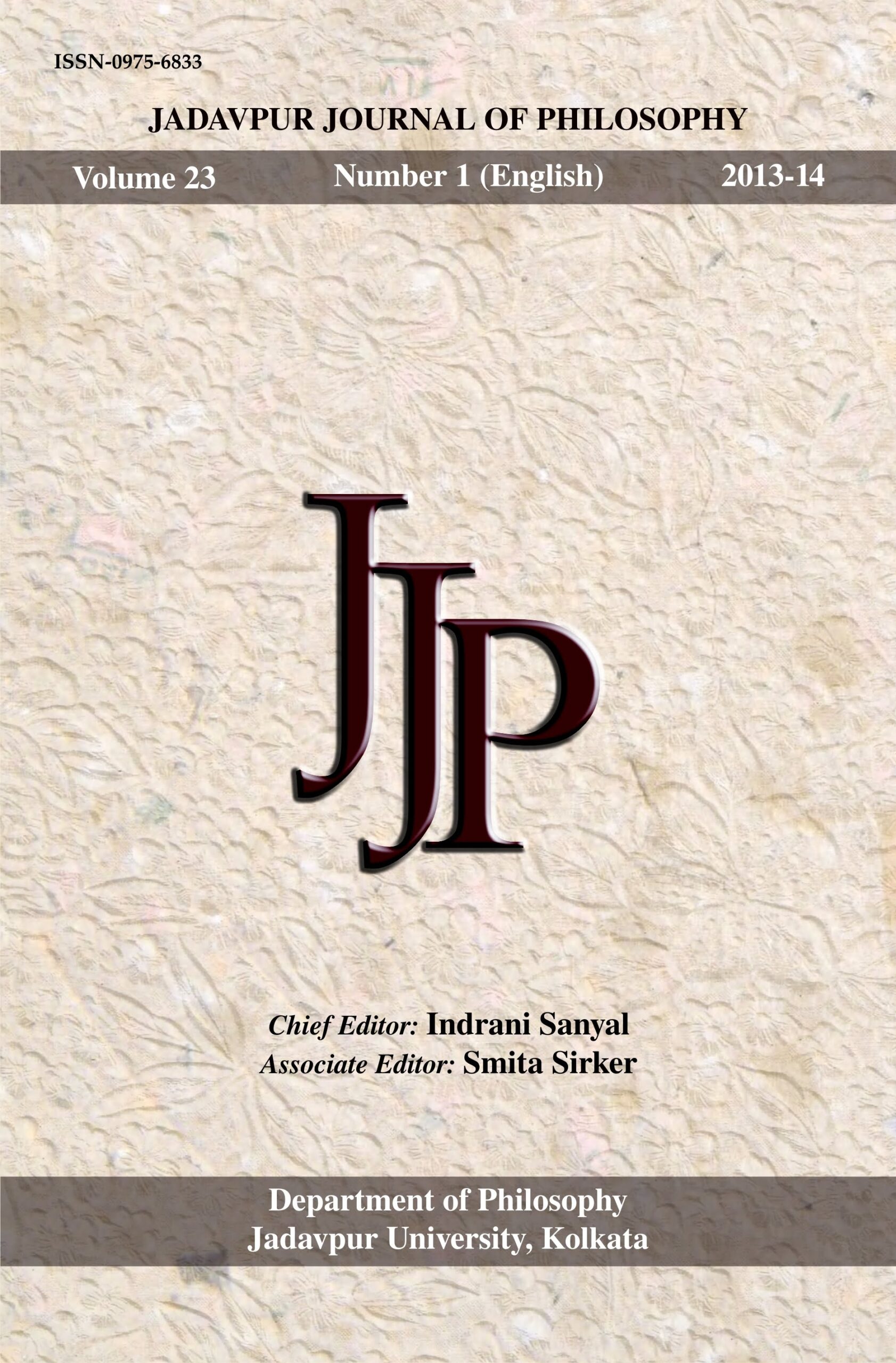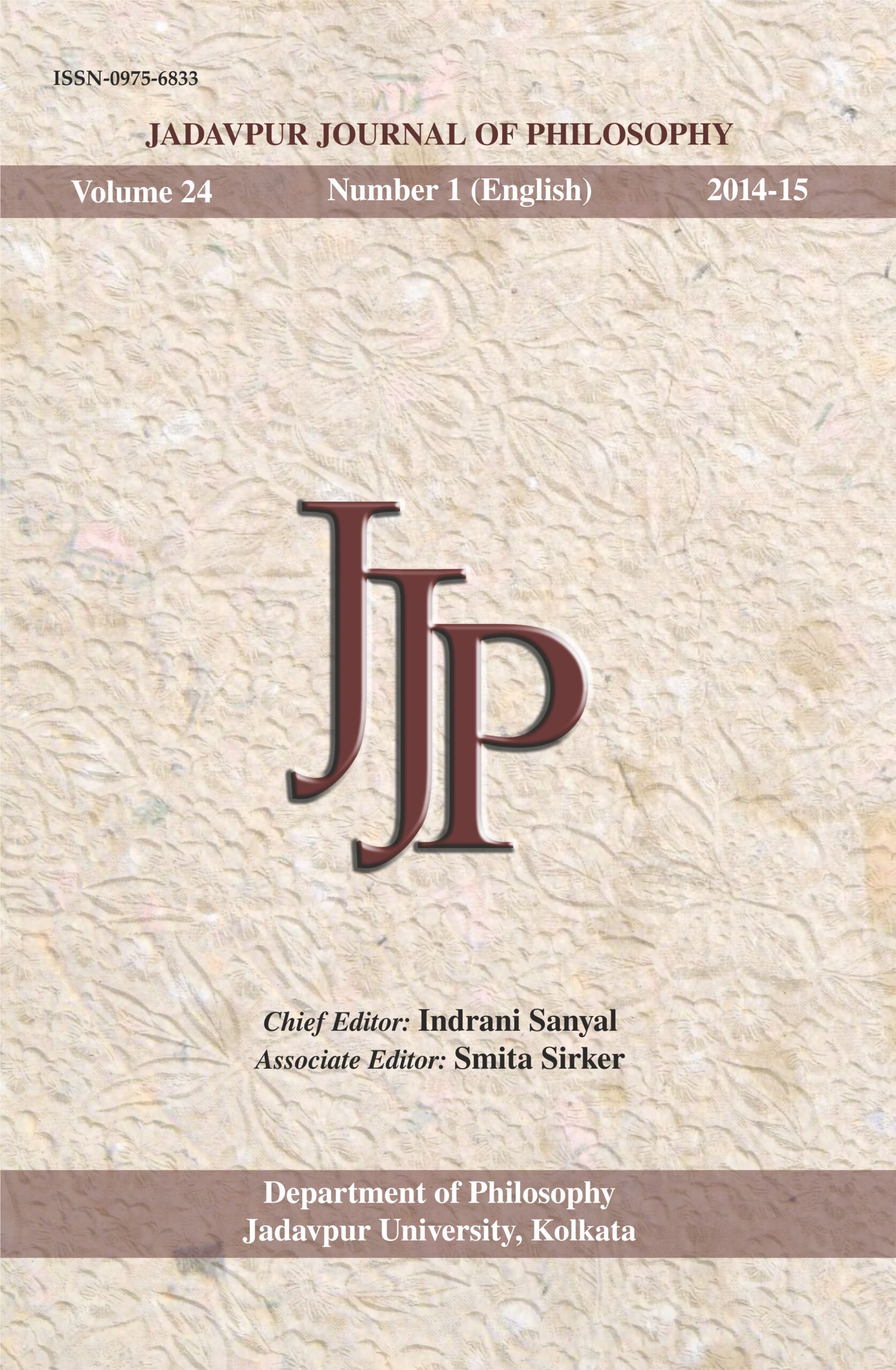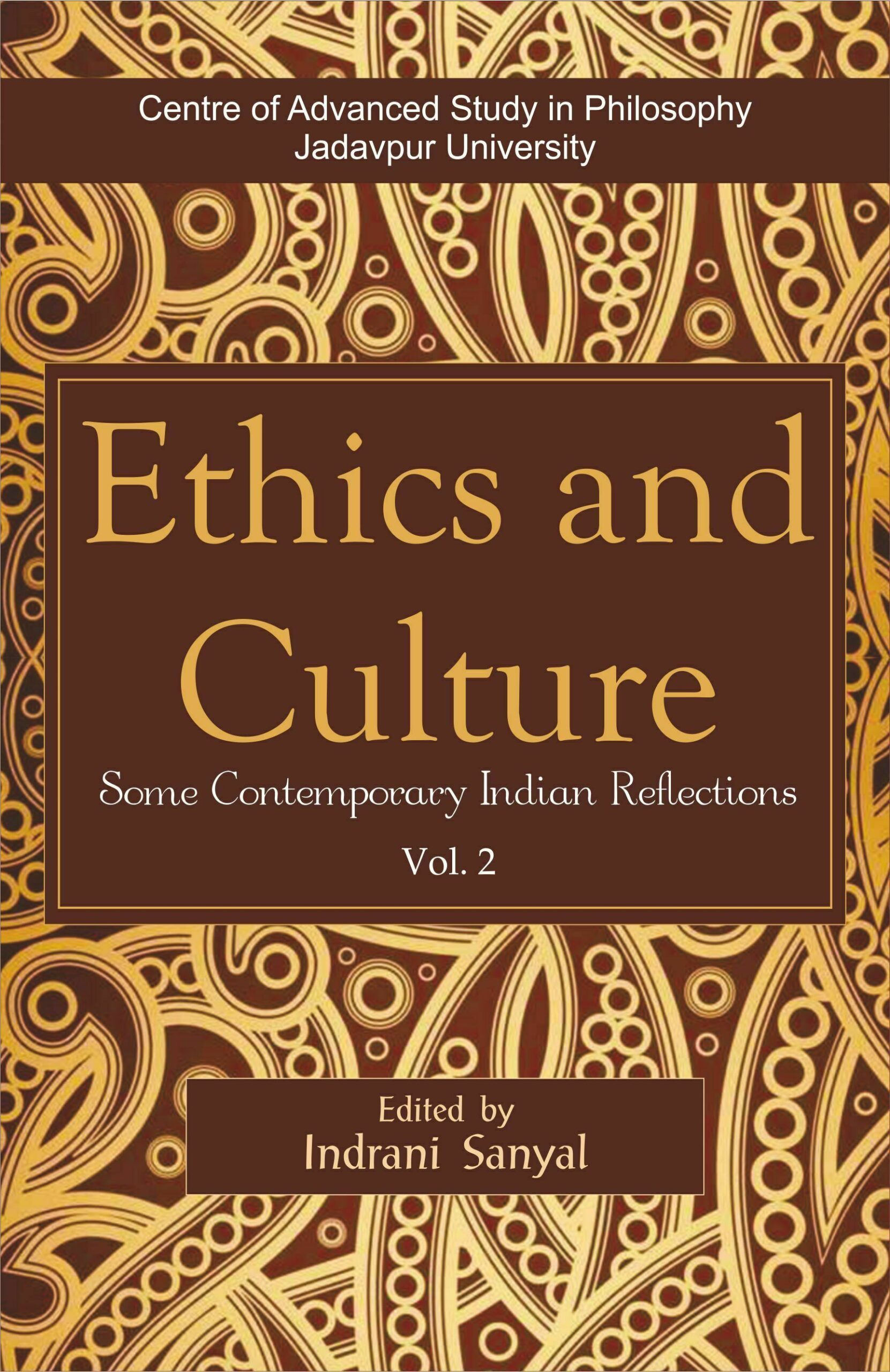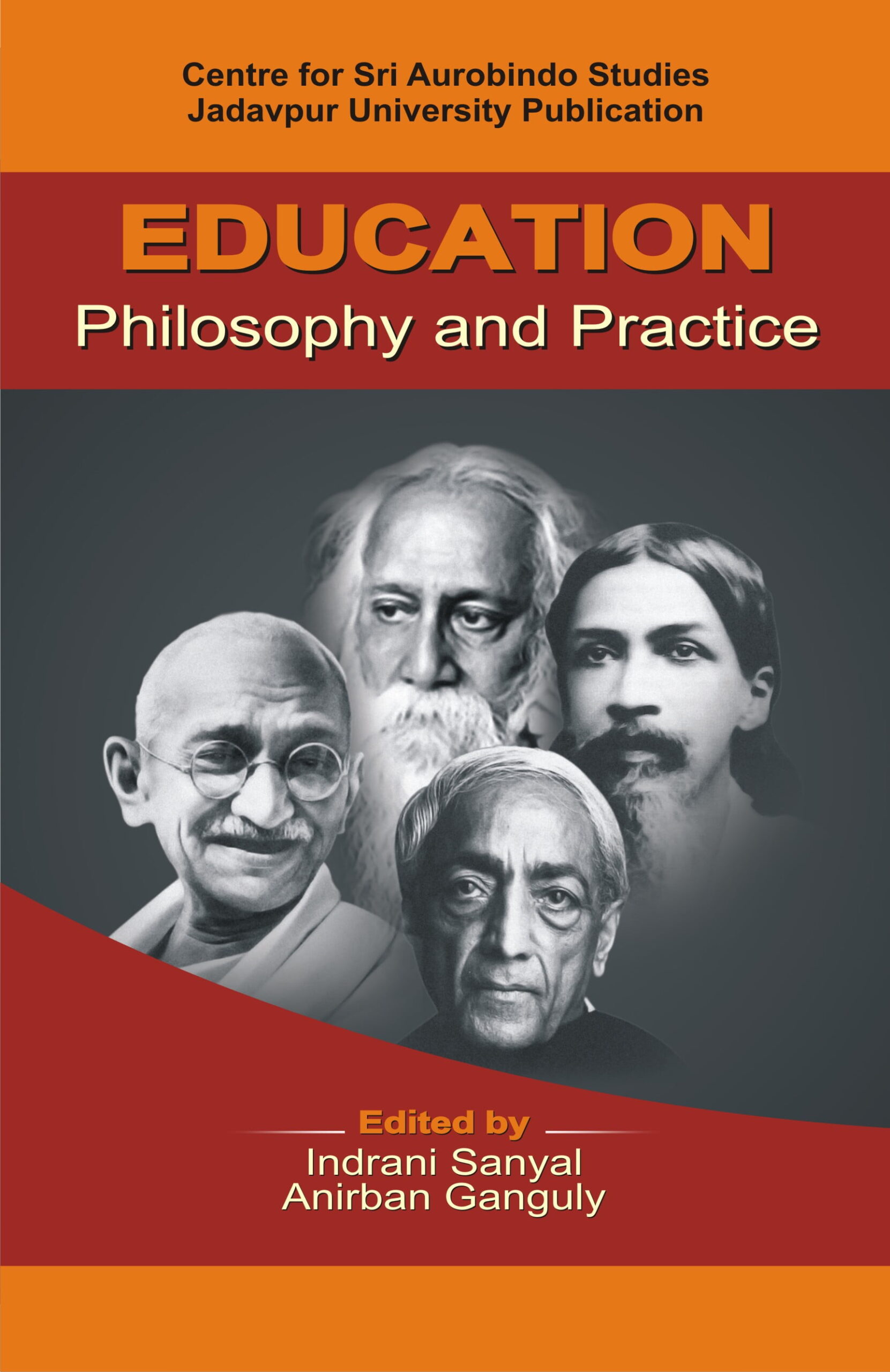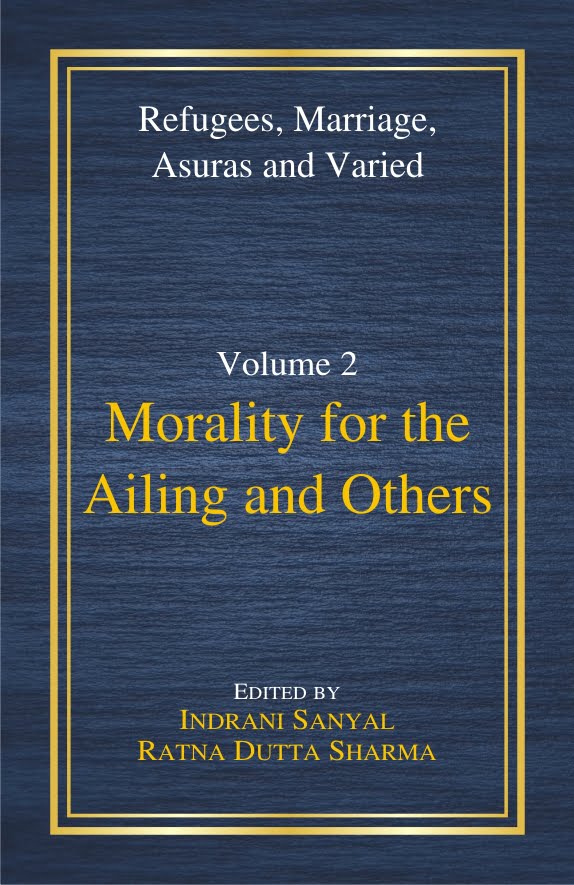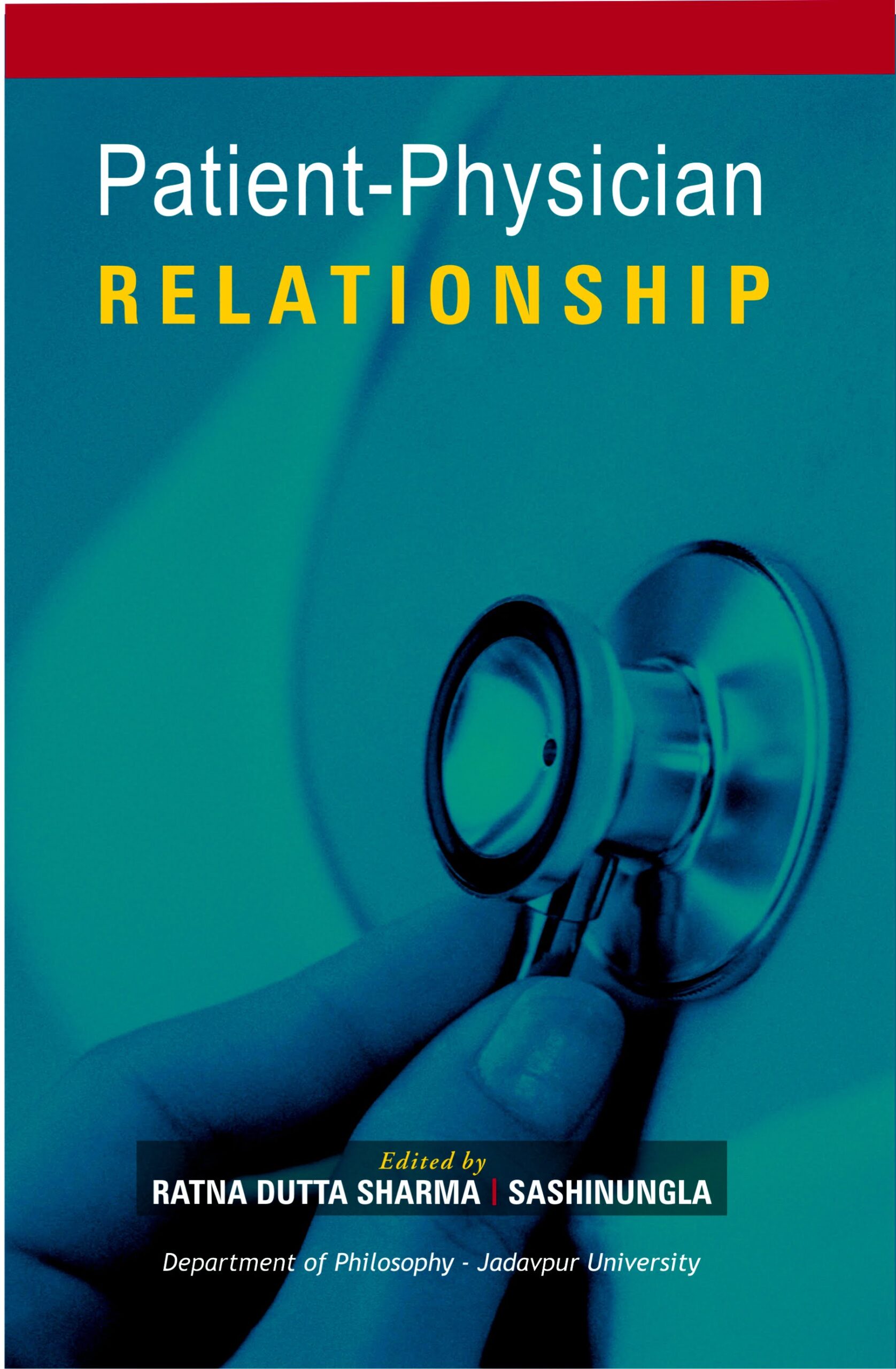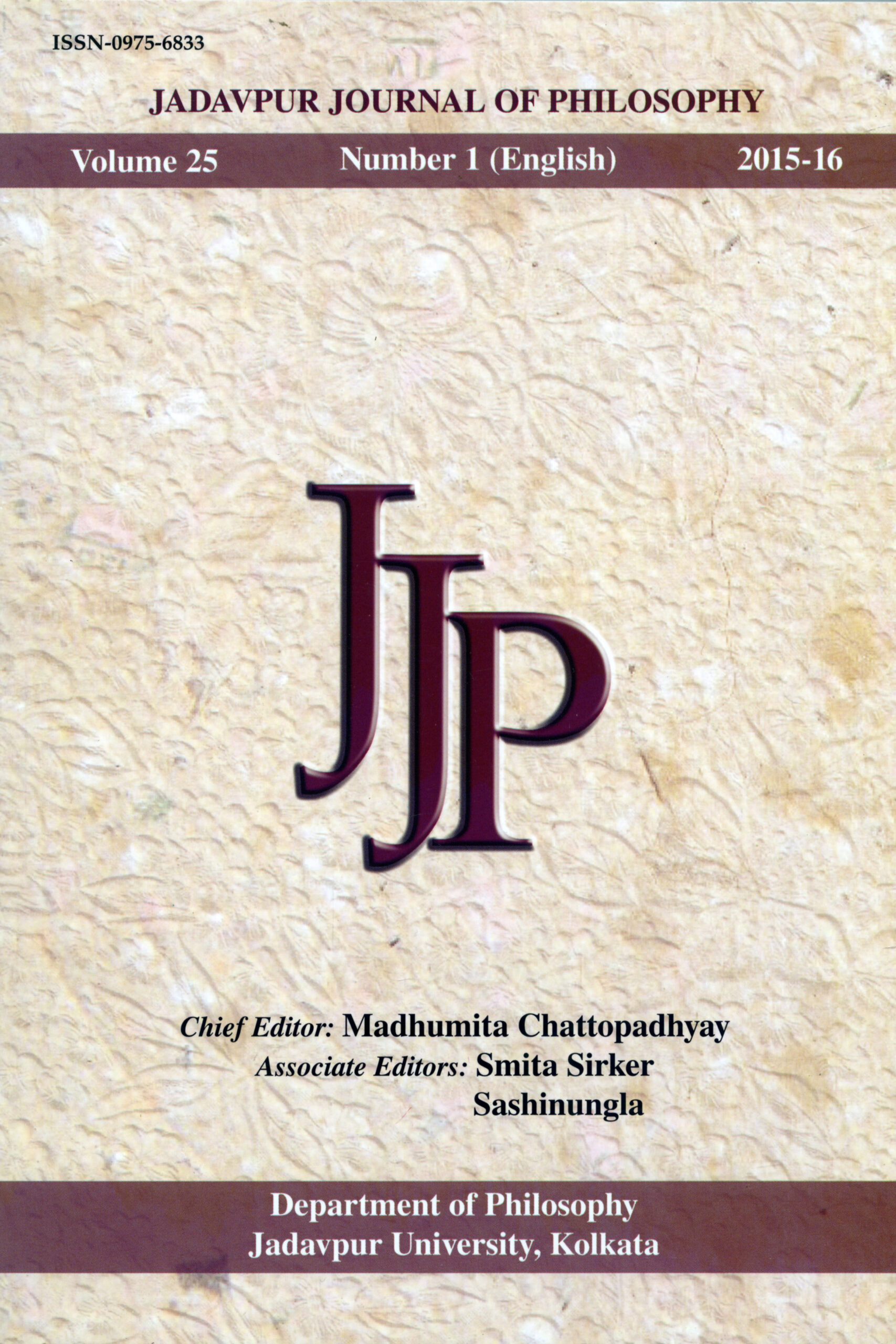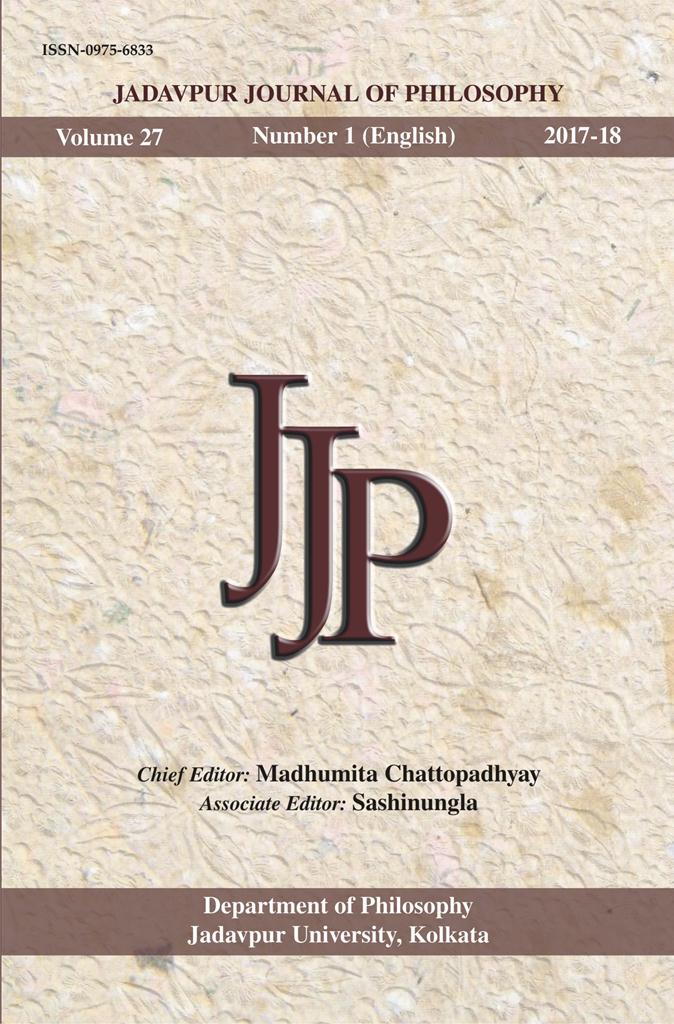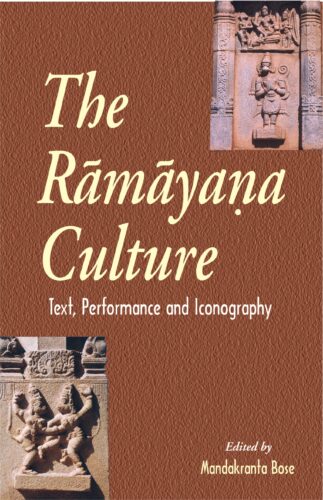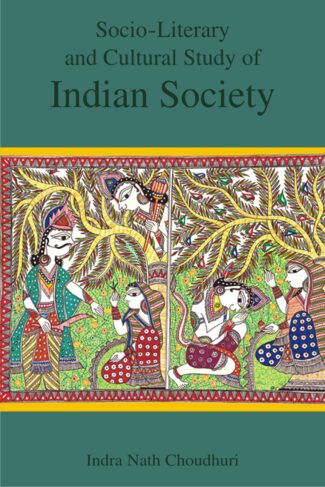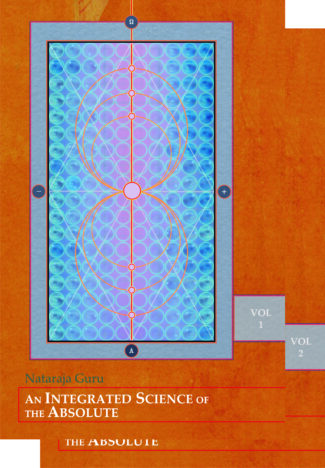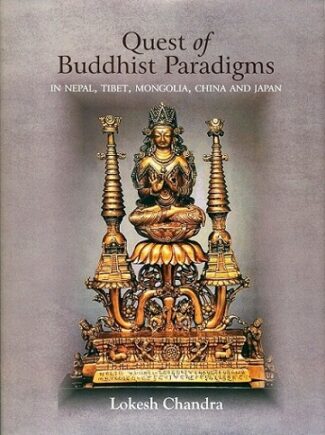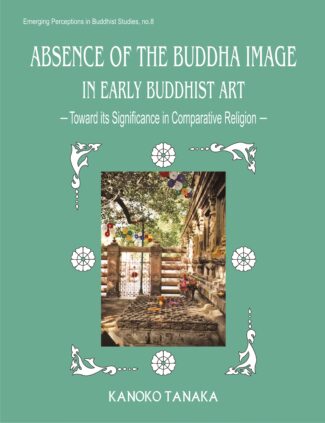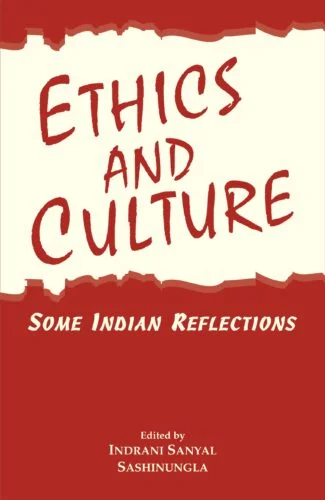

Ethics and Culture:S...
Ethics and Culture:Some Indian Reflections
by: Indrani Sanyal , SashinunglaThe book explores values that involve mans existence and his interaction and interrelations with others and deal with the Vedantic, political and economic thoughts of eminent saints and thinkers of India. The articles also include various viewpoints with the hope to ignite the spirit of better understanding of values.
₹795.00 Original price was: ₹795.00.₹716.00Current price is: ₹716.00.
ISBN: 9788186921524
Year Of Publication: 2010
Edition: 1st
Pages : viii, 364
Language : English
Binding : Hardcover
Publisher: Decent Books
Size: 23
Weight: 700
The anthology Ethics and Culture: Some Indian Reflections looks into global and local questions pertaining to individual morality and social ethos in the larger domain of man in relation to man, in relation to various domains of society and also in relation to nature/world/cosmos. A group of philosophers have presented a panorama of pluralistic Indian perspectives that include classical, traditional Vedic, contemporary and tribal viewpoints with the hope to ignite the spirit of better understanding of values. The result is a well-planned text for students of philosophy, sociology, anthropology and politics and an analytic and authentic reference for researchers with interest in these areas of thought.
Any forward-looking reader with a wider interest may find this anthology to be quite useful.

- Sale!Ramayana Culture by: Mandakranta Bose
₹800.00Original price was: ₹800.00.₹720.00Current price is: ₹720.00.These essays, originally presented at an international conference, are in the forefront of the modern response to an ancient work that has gained a new critical and social relevance in contemporary scholarship. Approaching the Ramayana from several angles in an attempt to understand its aesthetic and ideological meaning, they examine the epic through the perspectives of textual criticism, art, architecture and film. Thereby they address critical issues such as the seminal status of Valmiki, the underlying problem of canonicity itself, the importance of other — so-called derivative — Ramayanas, the implications of gender representation, and the cultural manipulation of social ideals relating to the position of women and the idealisation of love that achieves its highest value in marriage. Using the methods of rigorous textual and historical investigation, each essay seeks not only to uncover the layers of meaning in the complex structure of the epic in its varied forms but also to situate it critically in the cultures of South and Southeast Asia.
- Sale!Socio-Literary and Cultural Study of Indian Society by: Indra Nath Choudhuri
₹1,500.00Original price was: ₹1,500.00.₹1,350.00Current price is: ₹1,350.00.The Socio-Literary and Cultural Study of Indian Society from Ancient to Modern is a search for India’s heritage: Hindu, Sufi and about Nationalism and India’s freedom from her colonial past. It is analytical but not learnedness. The author believes as Iqbal, the famous Urdu poet, said: “Transcend your reason because though it is a glow, it is not your destination; it can only be the path to the destination show.” People, both Indian and foreign, who want to understand Indian heritage from Ancient to Modern in a simple, agreeable style and friendly manner, is the author’s destination. In this volume, he has tried to demolish many myths like dharma is religion, Vedas are Śruti though the Almighty ordered six ṛṣis to write them down. A Hindu is just not emotional in mind, he also believes in analytic discussion (tarka). Upaniṣads are not just created by ṛṣis but also by a revolution unfolded by the students by barraging questions after questions.By explaining about the vitality of India and many other subjects, the book elucidates many things about the idea of India in an authentic manner. The readers will find here many varieties of theological explication, ultimately leading to the celebration of life while searching for the divine and realizing the self.
- Sale!An Intergrated Science of the Absolute (2 Vols. Set) by: Nataraja Guru
₹3,000.00Original price was: ₹3,000.00.₹2,700.00Current price is: ₹2,700.00.It is not just the magnum opus, but a truly monumental effort of a scientist-philosopher who has spent a whole lifetime to formulate a unitive science, wherein all disciplines of human questing could find a common ground a science where modern science and ancient spiritual wisdom could meet and merge like two opposite poles of a magnet. As a direct disciple of one of the great rishis of the modern age, Nataraja Guru discovers this common ground in Brahma-vidya, which he calls the Integrated Science of the Absolute, and which has, at its base, his Gurus Dars?ana Mala.
A string of hundred Sanskrit verses, composed by the mystic-poet, Narayana Guru (18541928), the Darsana Mala is the very epitome of all visions of truth inspired by his remarkable acquisitions of Upanisadic thought and, yet far more, by his own tapas (mystical discipline). Reproducing these highly significative verses in Roman script, along with English translations, word meanings, and extensive commentaries, Nataraja Guru not only spells out his mentors Visions of the Absolute in contemporary idiom, but also shows how these visions are fully validated by modern science.
Eclectic synthesis of varied scientific disciplines into a systematic whole is not all that Nataraja Guru accomplishes here. Rather, his book (now in third edition) is an attempt to reintroduce Brahma-vidya as the one Master Science that embraces every branch of science, every human interest. - Sale!Quest of Buddhist Paradigms, in Nepal, Tibet, Mongolia, China and Japan by: Lokesh Chandra
₹2,500.00Original price was: ₹2,500.00.₹2,250.00Current price is: ₹2,250.00.The book narrates the interwovenness of culture between India, Nepal, Tibet, Mongolia, China and Japan. It begins with Nepal with its history alive on the waysides and homes, its rich preservation of Buddhist sutras in Sanskrit, esp. the Tattvasangraha which lives in the Shingon denomination in Japan, in the icons of Alchi and in the grandeur of the Borobudur. The second chapter deals with Tibetan studies, edition of the Vinayavastu, the anachronism of Jesus Christ being in the Hemis monastery which was founded as late as the 17th century, the total destruction of Tibetan culture in a long letter of Prof. A.W. Macdonald, saving the Derge monastery and printery by seven encirclements of devotees under the supervision of Ven. Pewar Tulku at the risk of his life, and the Sven Hedin collection in Stockholm. The fourth chapter concerns Mongolian studies: Emperor Ch’ien-lung’s edition of the Mongolian Kanjur, and dialogues with Prof. Rinchen on the total cultural genocide in Mongolia
- Sale!Absence of the Buddha Image in Early Buddhist Art by: Kanoko Tanaka
₹1,500.00Original price was: ₹1,500.00.₹1,350.00Current price is: ₹1,350.00.It is next to impossible today to even think of Buddhism without the presence of the Buddha image! The image of the Buddha, in truth, has not only come to symbolise the essence of Buddhism but is also a brilliant expression of the cultural/artistic achievements of the Buddhists since ancient times. Surprisingly, the Buddha image developed at a later stage of the evolutionary process; after the parinirvana of the Buddha, the Buddhists for a considerable time beheld the Buddha and experienced him in their own minds without taking recourse to the Buddha image itself. In Absence of the Buddha Image in Early Buddhist Art, Dr. Tanaka, a well-versed scholar, has for the first time ever explored the absence of the Buddha image in Buddhist art particularly in the period from third century bc to late first century ad in order to rediscover the significance of this phenomenon. Dr. Tanaka observes Bharhut and Sanchi sculptures to point out the most essential motifs and elements of stupa-art design the visible facts pertaining to the absence of the Buddha image. The author studies the religious, philosophical, artistic and political significance of the visible facts, highlighting the concept of the empty throne as the motif representative of that absence. She applies the empty throne concept to the sanctuaries of monotheistic religions, and thus undertakes a comparative study of Buddhism and other religions, particularly, Zoroastrianism, Judaism, Christianity, Islam and Sikhism to suggest that present-day discussions on the linkage between religions can centre on this theme. The dexterous handling of the topic combined with the authors use of first-hand research material makes this an erudite study. The directness in the authors approach and the unwavering eye on the theme sustains the interest throughout. An abundance of visual material, i.e., drawings and photographs, and tables immensely aid in analysis of the visible facts. This intense work on a rich theme offers well-researched and interesting material that will be useful to scholars of religious studies, fine arts and even philosophy.






